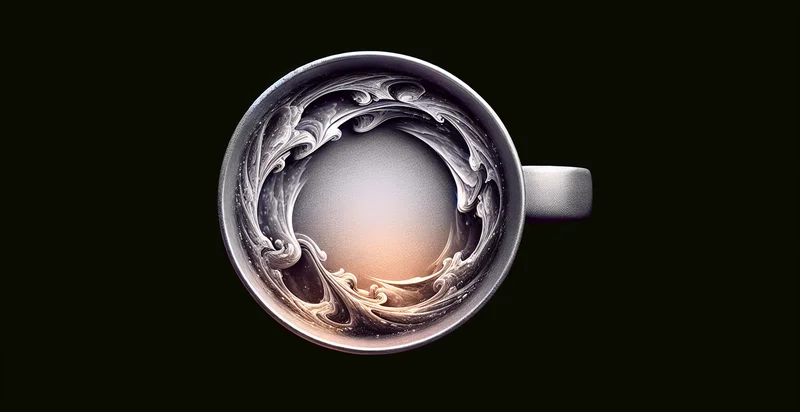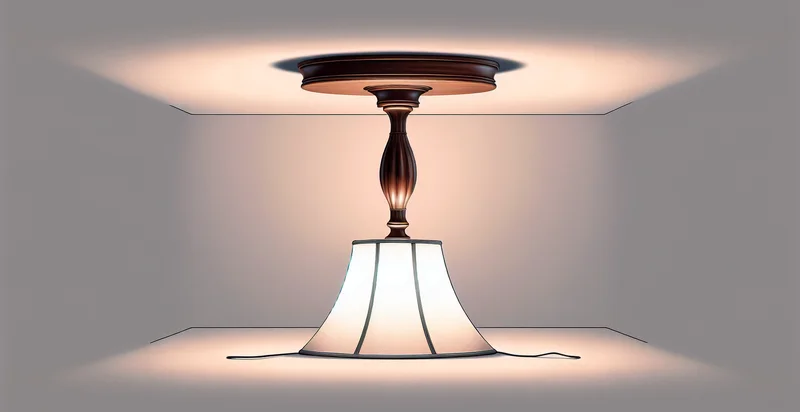Identify if bucket is upside down
using AI
Below is a free classifier to identify if bucket is upside down. Just upload your image, and our AI will predict if the bucket is upside down - in just seconds.

Contact us for API access
Or, use Nyckel to build highly-accurate custom classifiers in just minutes. No PhD required.
Get started
import nyckel
credentials = nyckel.Credentials("YOUR_CLIENT_ID", "YOUR_CLIENT_SECRET")
nyckel.invoke("if-bucket-is-upside-down", "your_image_url", credentials)
fetch('https://www.nyckel.com/v1/functions/if-bucket-is-upside-down/invoke', {
method: 'POST',
headers: {
'Authorization': 'Bearer ' + 'YOUR_BEARER_TOKEN',
'Content-Type': 'application/json',
},
body: JSON.stringify(
{"data": "your_image_url"}
)
})
.then(response => response.json())
.then(data => console.log(data));
curl -X POST \
-H "Content-Type: application/json" \
-H "Authorization: Bearer YOUR_BEARER_TOKEN" \
-d '{"data": "your_image_url"}' \
https://www.nyckel.com/v1/functions/if-bucket-is-upside-down/invoke
How this classifier works
To start, upload your image. Our AI tool will then predict if the bucket is upside down.
This pretrained image model uses a Nyckel-created dataset and has 2 labels, including Bucket Upright and Bucket Upside Down.
We'll also show a confidence score (the higher the number, the more confident the AI model is around if the bucket is upside down).
Whether you're just curious or building if bucket is upside down detection into your application, we hope our classifier proves helpful.
Related Classifiers
Need to identify if bucket is upside down at scale?
Get API or Zapier access to this classifier for free. It's perfect for:
- Quality Control in Manufacturing: This use case involves implementing the 'is bucket upside down' identifier in manufacturing plants that produce buckets or similar containers. By using the image classification function during the assembly line process, manufacturers can ensure that only properly oriented buckets are passed to the next stages, reducing defects and increasing overall quality.
- Automated Material Handling: In warehouses, this identifier can be utilized in automated robotic systems that sort or transport buckets. The robots can automatically discard or reposition buckets that are upside down, leading to more efficient workflow and reducing manual labor.
- Inventory Management: Retailers that sell buckets or similar items can leverage this function to maintain an organized inventory. By integrating image recognition in their management systems, they can ensure that all displayed products are upright, enhancing visual appeal and ease of inventory tracking.
- Smart Waste Management: In smart cities, the identifier can be integrated into waste sorting and collection systems. This will help in identifying incorrectly placed waste buckets and guide collection vehicles to efficiently handle waste disposal, promoting better recycling practices.
- Quality Assurance in Delivery: Delivery services can use the identifier to assess the condition of buckets before they are dispatched to customers. By ensuring that all items are in the correct orientation, companies can prevent damage during transit and enhance customer satisfaction.
- Augmented Reality Applications: In augmented reality environments, this identifier can help enhance user interaction with virtual models of buckets. By allowing users to visualize how a bucket should be positioned, it improves the educational experience for teaching purposes or product demos.
- Compliance Monitoring in Agriculture: Agricultural operations that use buckets for various purposes can benefit from the identifier to ensure that buckets are used properly in the field. Properly oriented buckets can reduce spillage and waste of valuable resources, thus promoting compliance with operational standards and increasing productivity.


